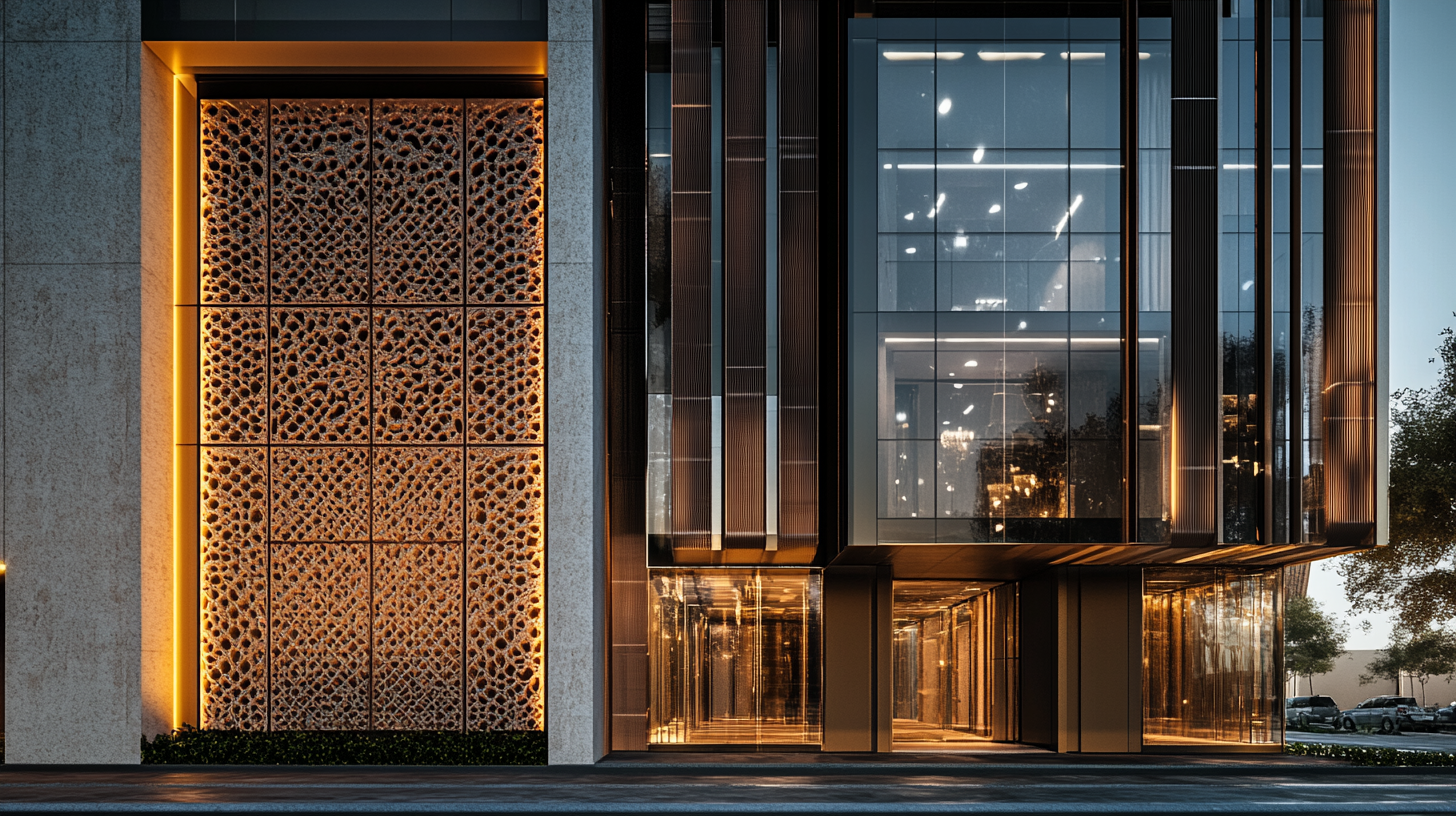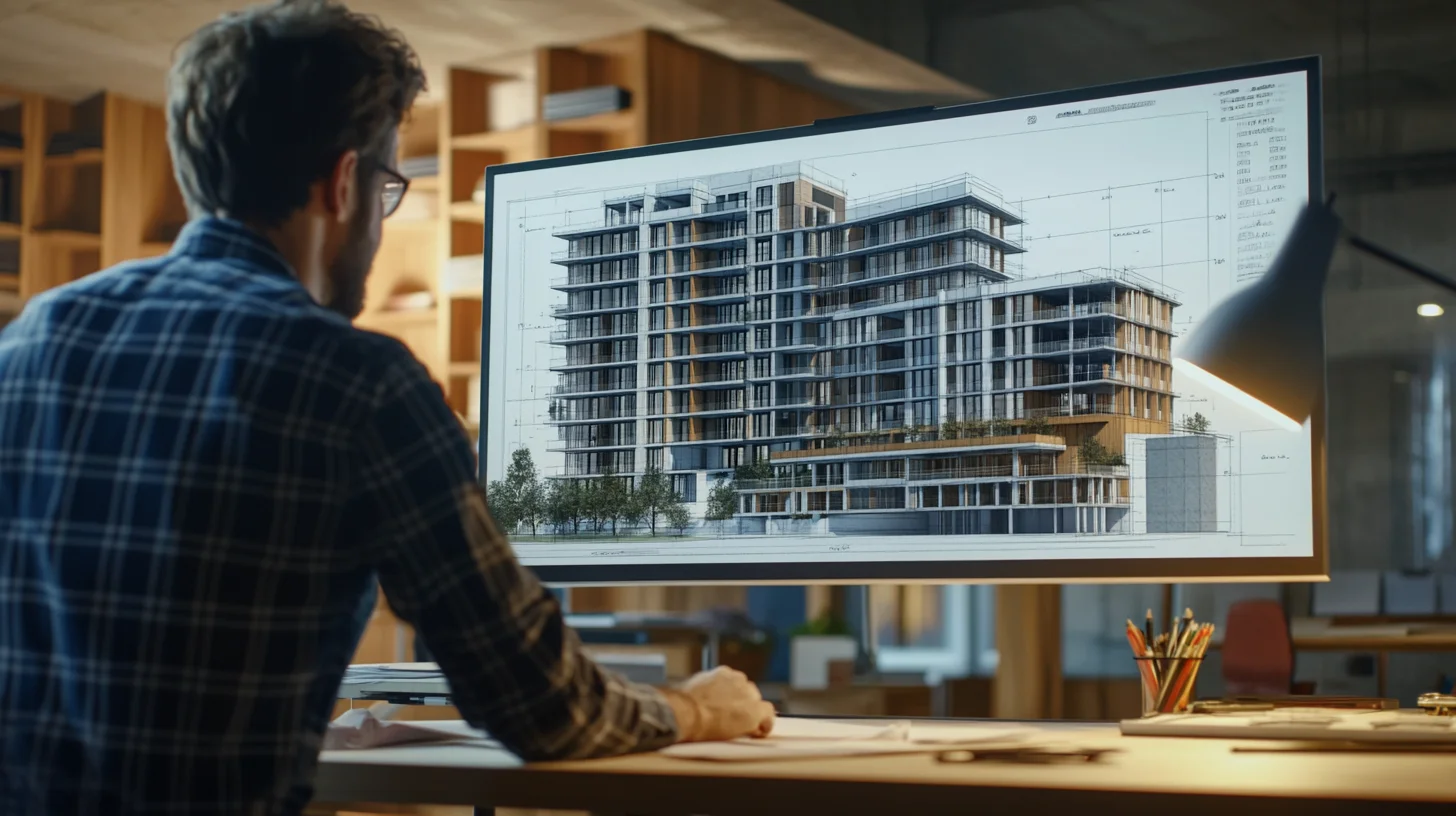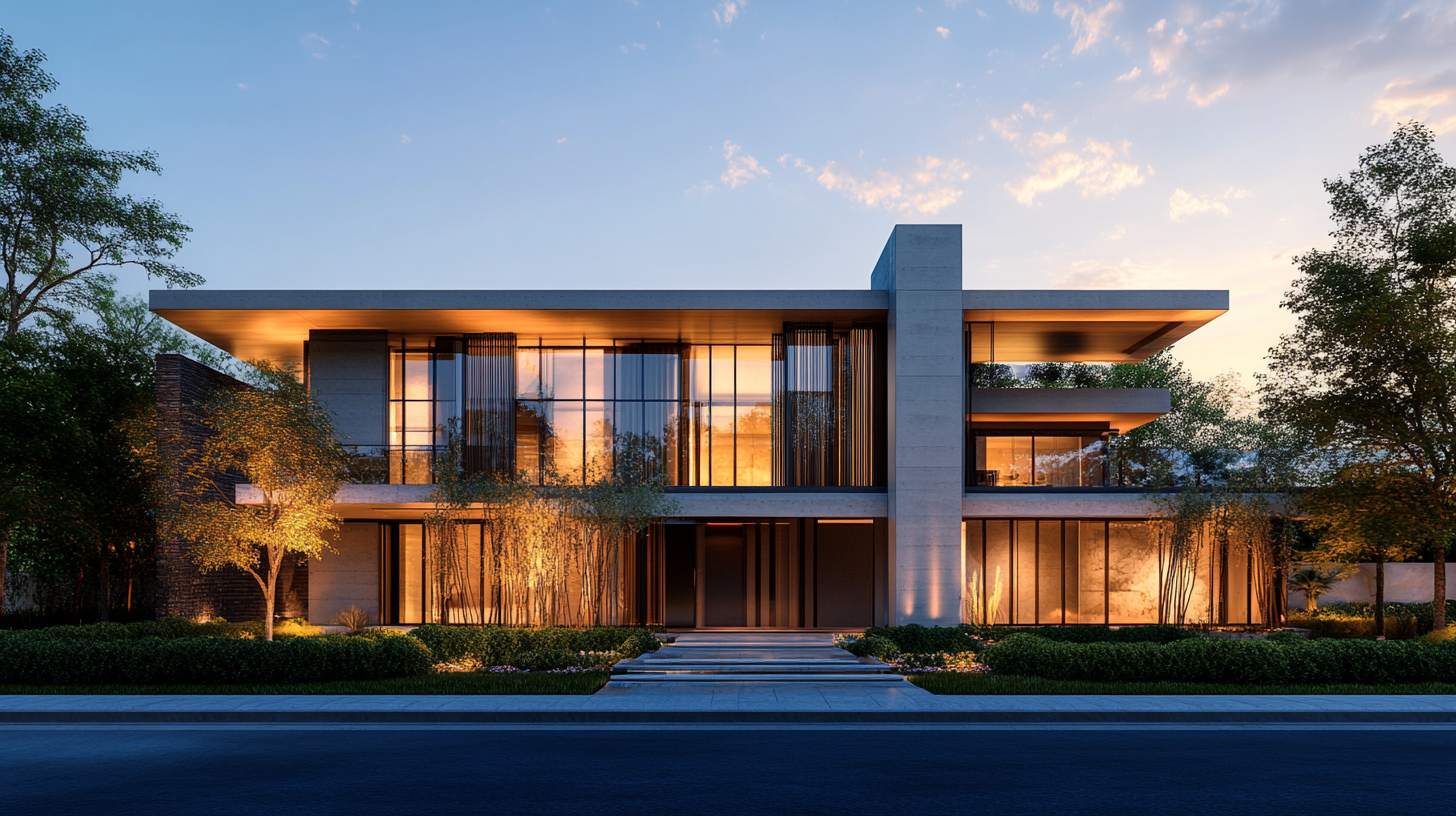
Traditional vs. Contemporary Cladding Methods in Indian Architecture
India’s architectural identity has always been a unique blend of its rich heritage and progressive innovation. From the intricately carved sandstone facades of Rajasthan’s forts to the sleek glass-covered IT hubs of Bengaluru, cladding plays a central role in defining the aesthetics and functionality of buildings. This article explores the fascinating evolution of cladding in Indian architecture, comparing traditional and contemporary methods while highlighting how modern trends often merge the best of both worlds.
Whether you’re an architect designing your next project, a building owner looking to choose the right exterior solution, or a design enthusiast eager to learn, this guide will walk you through the essentials of cladding and its applications.
What is Cladding in Architecture?
To understand the comparison between traditional and contemporary cladding, we need to start with the basics. Cladding, in architecture, refers to the application of materials to the exterior of a building to protect its core structure, improve insulation, enhance aesthetics, and boost durability.
Key Functions of Cladding
1.Aesthetics
Cladding significantly impacts a building’s visual identity, reflecting its purpose and cultural context.
2.Protection
It shields the building from environmental factors like sunlight, rain, and pollution.
3.Insulation
A well-designed cladding system can maintain temperature efficiency, reducing energy consumption.
4.Durability
It strengthens the structure against wear and tear, moisture ingress, and other climatic challenges.
Now that we understand the purpose of cladding, let’s explore how these functions are achieved through traditional and contemporary methods.
Traditional Cladding Methods in Indian Architecture
India’s architectural heritage is deeply rooted in its traditional cladding techniques. These methods reflect the country’s cultural diversity, regional climates, and the skillful craftsmanship of its artisans.
Materials Used
1.Natural Stone
Sandstone, marble, and granite remain iconic materials, as seen in historic landmarks like the Amber Fort and Taj Mahal.
2.Terracotta Tiles
Renowned for their earthy aesthetics and excellent thermal properties, terracotta tiles are common in ancient homes and temples.
3.Brick Masonry
Offering timeless charm and resilience, brick facades are exemplified in Mughal architecture.
4.Timber and Bamboo
Used extensively in Northeast India, these materials are eco-friendly and ideal for humid climates.
Examples of Traditional Cladding
- Hawa Mahal, Jaipur: Its intricate pink sandstone facade exemplifies the region’s rich craftsmanship.
- Mysore Palace, Karnataka: Marble and granite cladding embody grandeur and tradition.
Characteristics of Traditional Cladding
- Culturally Rooted Designs
Traditional facades often showcase motifs, carvings, and intricate details tied to the local heritage.
- Eco-Friendly and Locally Sourced Materials
Materials were often sourced nearby, minimizing the environmental impact.
- Labor-Intensive Craftsmanship
Skilled artisans were indispensable, leading to exquisite but time-consuming construction.
Contemporary Cladding Methods in Indian Architecture
The rise of urbanization and technological innovation has ushered in modern cladding materials and techniques, offering new possibilities for design, functionality, and sustainability.
Modern Materials
1.Glass Panels
Frequently seen in high-rise buildings and IT parks, glass provides a sleek, modern look while maximizing natural light.
2.Aluminum Composite Panels (ACP)
Lightweight, durable, and available in various finishes, ACPs are widely used in commercial spaces.
3.High-Pressure Laminates (HPL)
Known for their adaptability and weather resistance, HPL panels are a contemporary favorite.
4.Fiber Cement Boards
Durable and versatile, these boards mimic natural materials while offering easy installation.
5.Steel and Metal Sheets
Preferred for industrial and modern urban architecture.
Examples of Contemporary Cladding
- Infosys Campus, Bengaluru: A dynamic mix of glass and ACP reflects its IT innovation.
- Luxury Apartments, Mumbai: Sleek facades combine minimalistic aesthetics with energy-efficient materials.
Characteristics of Contemporary Cladding
- Minimalistic and Sleek Aesthetics
Contemporary designs prioritize clean lines and futuristic styling.
- Lightweight and Factory-Made
Materials are engineered for rapid installation and reduced labor costs.
- Focus on Energy Efficiency
Technological integration, such as double-glazed glass, improves energy savings.
Key Differences Between Traditional and Contemporary Cladding
Aspect | Traditional Methods | Contemporary Methods |
Materials | Natural, locally sourced | Industrial, engineered |
Aesthetic | Ornate, heritage-inspired | Clean, modern, futuristic |
Cost | High due to labor and material rarity | Varies but offers faster installation |
Sustainability | Eco-friendly | Potentially sustainable with innovation |
Durability | Proven longevity | Durable with advanced technology |
Application | Heritage or residential projects | Widespread in commercial spaces |
The Evolving Balance: Fusion in Modern Indian Architecture
Today’s architects often explore the middle ground between traditional and contemporary methods. The fusion of the two combines cultural sensitivity with technological advancements, paving the way for a new era in Indian architecture.
Examples of Fusion Design
- Terracotta with Glass
Structures that integrate terracotta tiles within modern glass facades balance tradition with innovation.
- Stone with Metal Frames
Natural stone textures paired with lightweight metal frames ensure longevity and elegance.
- Bamboo and Steel Hybrid
Age-old bamboo techniques combined with steel frameworks suit eco-friendly urban homes.
Such designs not only respect India’s heritage but also cater to the demands of modern functionality.
Where Are We Headed? Sustainable and Adaptive Facades
The future of cladding in India hinges on sustainability and innovation:
- Green Facades using living walls for energy efficiency and air purification.
- AI-Integrated Systems that adapt to environmental conditions in real time.
- Recyclable and Biodegradable Materials to reduce the ecological footprint.
Architects and designers must continue balancing tradition with innovation to create structures that honor the past while preparing for an adaptive future.
Share Your Story or Seek Expert Guidance
Have you seen a cladding design that beautifully merges heritage and modernity? We’d love to hear about it in the comments!
Looking to enhance your next project’s facade? Consult professional architects to explore bespoke solutions tailored to your vision.



